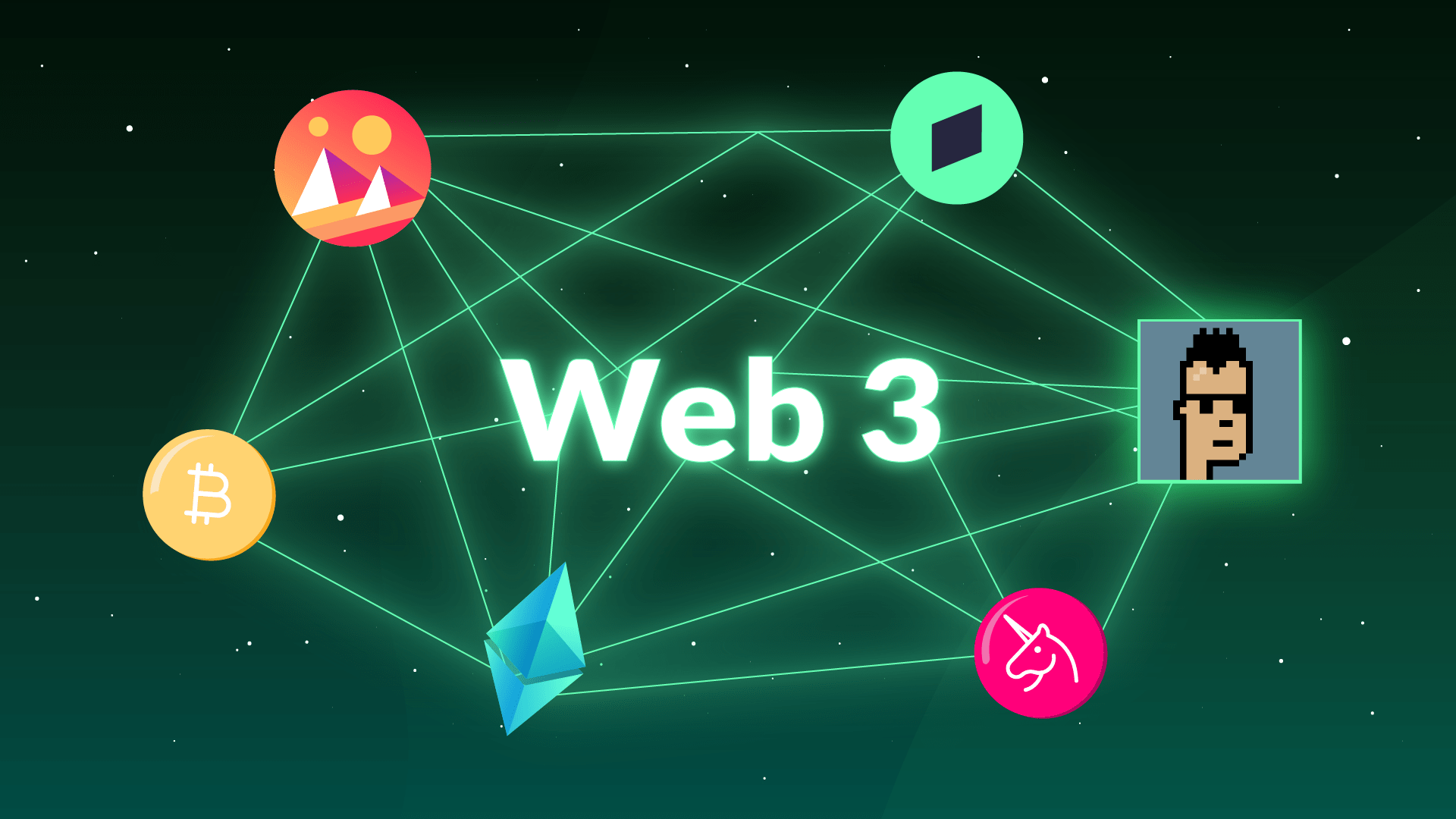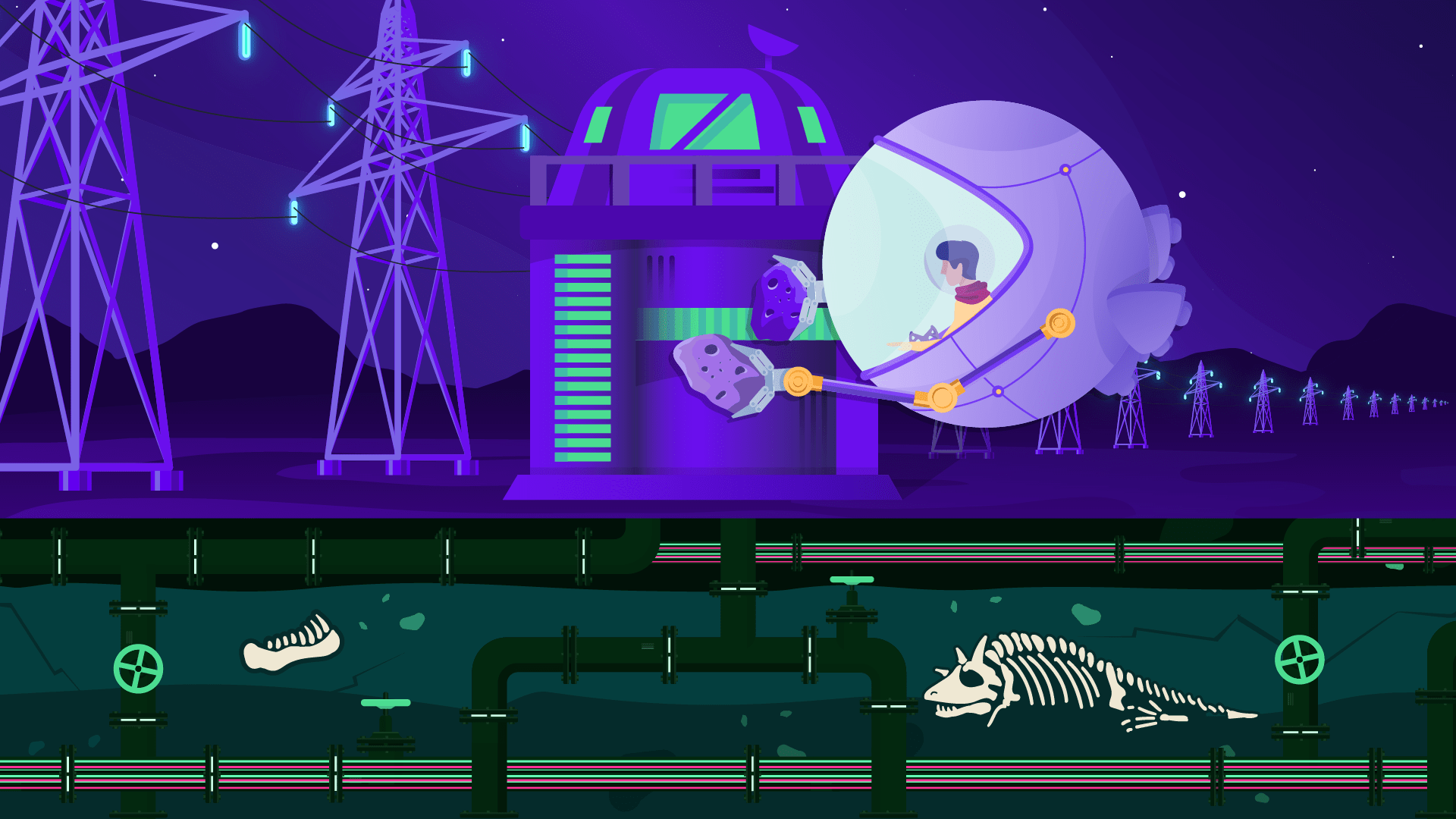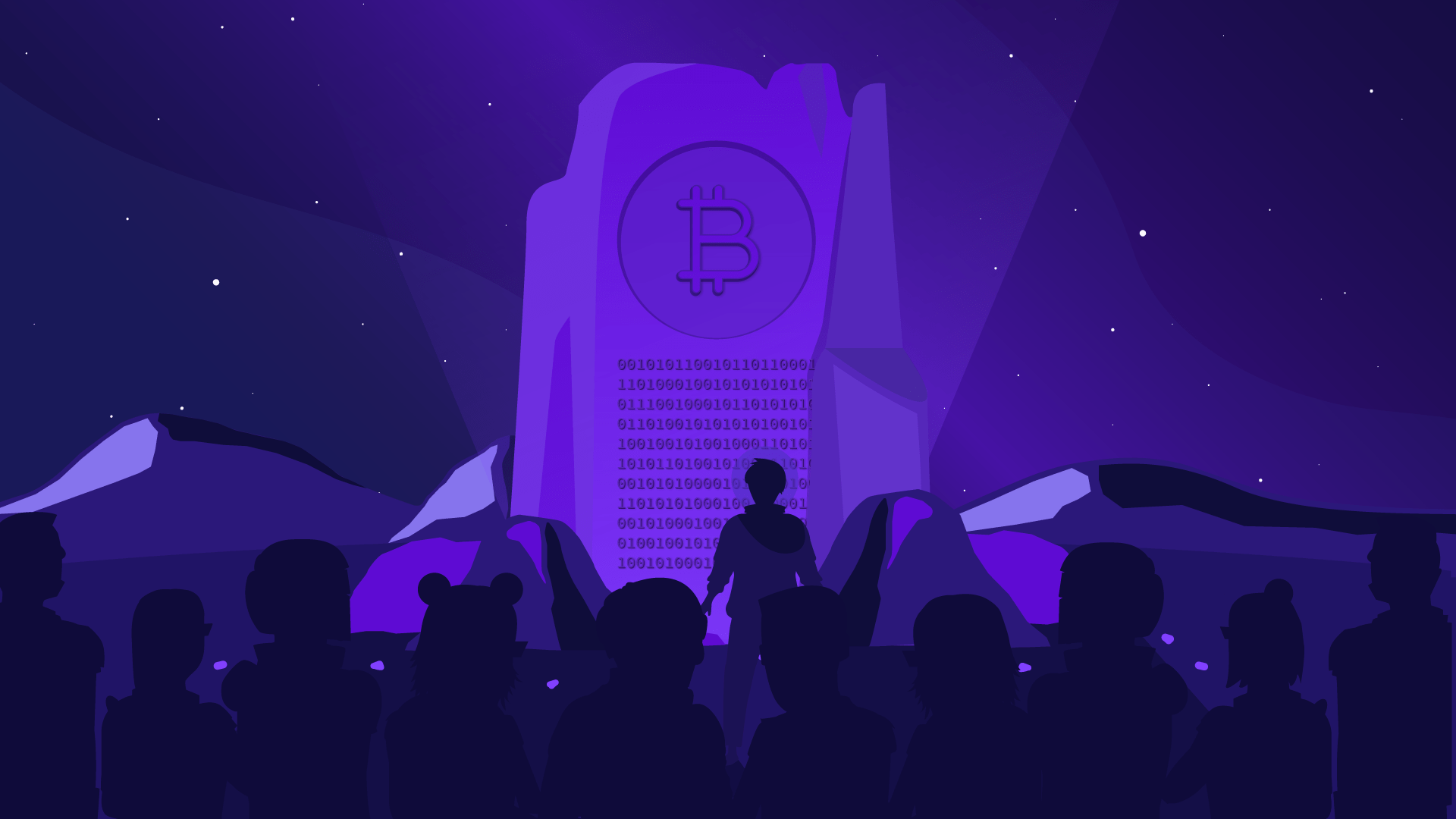What is called web3. Differences with the first internet and with web 2.0. Why web3 is a «decentralized» internet. Importance of dapps and cryptos.
Web3 promises to evolve towards a more participatory and distributed Internet, with fewer intermediaries, where users can take control and ownership over the content they create.
At its current stage, the internet and online content are increasingly intertwined with cryptocurrencies, non-fungible tokens, and other blockchain services and products. This merger is favoring a more decentralized type of Internet, where platforms and applications begin to function more crystalline and their users can have ownership over the content they produce. This new iteration of the internet is known as web3, and although it is just beginning it is already possible to use many of its tools just as the network works today.
The web3 concept marks the difference with that «web» simply, the original one from the ’90s, which proposed static texts and images, and where the possibilities were few; basically buy or get information. And it also points to a different moment than the «web 2.0», that of the last decade and a half, driven by social networks, streaming, online games and the mobile internet connection; a time when using the internet began to be a social activity.
In some way, web3 recovers the spirit of that original free website without intermediaries but without losing the public participation gained with web 2.0. And that is very clear in the type of software that defines it: decentralized applications or dapps, similar to traditional apps in terms of the functions they can fulfill, although they focus on the user’s possibilities and freedoms.
The fundamental one is the possibility of ensuring ownership over all types of assets and digital data packages (an NFT, in short, is a data package on a blockchain). It can be a character or a reward from a video game, content on a decentralized social platform, a song on a streaming dapp – on a blockchain, every digital asset, file and package can clearly and unequivocally show who its author or creator is and who its owner.

Brief history of the internet
The first Internet was very austere, with static sites and little to do except read or consume. Access to this website was given mainly from computers, and through desktop software. Furthermore, it was a time-limited use: very few people spent the entire day online, and it was not possible to connect on the move. However, the promises of borderless communication, free transmission of information and remote money transfers were already appearing.
That internet evolved over a decade and a half, with the boom in mobile connectivity, broadband, social networks and streaming. Since the mid-2000s, this stage has been known as Web 2.0, and it brought a more interactive, dynamic and multimedia experience, in which content can also be created very easily.
Those who use the web today grew up in a 2.0 ecosystem, based on apps and platforms. But there is the issue of concentration: very few platforms bring together the vast majority of time, traffic, content and money. Instagram, Twitter, YouTube, GMail, Spotify, Uber: all centralized services, controlled by companies that are solely responsible for their service or product, and that store the information without making what they do transparent. Therefore, on the centralized Internet it is very difficult to know what they use user data for.
Web3, the decentralized internet
With its distributed structure, web3 reduces the number of companies, organizations and bureaucracies necessary to use online services. In addition, web3 software, that is, dapps, works with its code in plain sight, so it can often surpass traditional programs in transparency and reliability.
Many web3 developers hand over some control over the software and content to those who use it, in various ways. This favors the creation of a more distributed ecosystem, in which internet users can feel that they are contributing to the web and that they obtain value in return, with the security that their content will circulate with clear authorship or ownership.
This attempt at a more private, secure, open and decentralized internet coincides with the popularization of cryptocurrencies. For this reason, web3 finally consolidates the blockchain economy on the internet, with cryptocurrencies as a means of account, payment and value transfer.
All of this results in a more cooperative, freer and more resilient internet. Of course this is the ideal: web3 is still an expanding space, which although it is already underway is just beginning to be defined, so many projects are looking for their final form and the more closed and corporate logic of web 2.0 remains the rule.
The importance of blockchain technologies on the web3. Fungible and non-fungible tokens on the decentralized internet. The uses of cryptocurrencies.
Web3 is an internet that is the heir and contemporary of blockchain networks, tokenized systems and cryptocurrencies; an internet where actions and content can be validated and processed without the need for third parties, using the tools of the crypto space.
Blockchains
A blockchain is a decentralized computer network in which its members share resources (storage, computing power) and a digital ledger or record where cryptocurrency transactions and other typical actions of this type of network are documented. The blockchain, and therefore its records, are protected by cryptography (hence «cryptocurrencies») and are interconnected, to the point that it is infeasible to alter a blockchain record.
These networks function like a large decentralized computer, whose use is based on different «programs», called smart contracts, within the framework of a protocol that determines the operation of a blockchain network, service or product. The integrity of this type of networks is ensured through what is known as mining, which involves allocating computing capacity for the validation processes of each transaction and record that is entered into the network. There are different ways to carry out mining, which depend on the design of each network.
By this design, the validity of a transaction is not given by a third party, but by the network itself. But mining also helps secure the ecosystem by rewarding miners with an economic incentive, since they are paid in crypto for each new block generated on the network.

Tokens
In traditional usage, a token is a physical or digital object that has value in its context or community, even if its own materiality does not contain that value. Casino chips or peso or dollar bills are good examples of tokens.
In the crypto ecosystem, where they are generated from programming code, tokens are used to represent different things depending on each project: from an amount of money or a participation fee in a project, to a character or item in a game, a portion of ownership in a song, or a share in the performance of a liquidity pool.
There are fungible tokens (identical and replaceable) and non-fungible tokens or NFTs (unique and irreplaceable). Some of the fungibles fulfill the functions of currency in a certain community and work on their own blockchain: these are known as cryptocurrencies. While there are fungible tokens that have other roles, since there are various types: utility token, community token, security token.
Cryptocurrencies
Cryptocurrencies are tokens that operate on their own blockchain, and that fulfill the function of currency: they are a form of digital money that today is valid both in their crypto communities (the Bitcoin or Ethereum network, for example) and in the markets. traditional products and services.
Transactions are protected with encryption methods, which makes them very difficult to breach, but it is easy for users to operate privately. Furthermore, with cryptocurrencies you can transfer value while remaining anonymous to the rest of the network, which is not intervened by any government, company or institution.
Cryptocurrencies serve as a unit of value or account, as a method of safeguarding funds and also as an instrument to make transfers and payments, that is, as a medium of exchange. In that sense, they are the closest thing to internet cash, a perfect form of money for the web era3.
The skeleton of the web3: protocols that regulate services, smart contracts to operate in an almost automated way and oracles to update conditions.
The entire crypto scaffolding of web3 has a backbone behind it, which is neither more nor less than computer code. In fact, public blockchains (there are also private use cases for this type of network) allow this code to be easily viewed. Protocols, smart contracts and oracles are the gears that make all this crypto machinery work without intermediaries, in such a way that for its users it can appear automated. Furthermore, both the integrity of the records and the execution of their fundamental processes are protected by cryptography.
What are protocols?
Protocols are bodies of guidelines and conditions that regulate the operation of an activity, a product or a service. The coexistence guidelines of a school, the health procedures due to the pandemic or the ceremonial that indicates how to serve a table are three cases.
But protocols are not only used for political or social events: email, for example, works through internet protocols such as TCP/IP or HTTP, dedicated to communication and transmission of hypertext between devices.
In this case, crypto protocols are the basis for networks and web3 developments, which have the capacity to function in a decentralized manner at all levels, precisely because the protocols enable the flow of information and funds in a secure, reliable and reliable manner. different levels of privacy, depending on each chain.

The importance of smart contracts
The ally of a crypto protocol are the sets of smart contracts that determine the form and structure of a network or a service, as well as its characteristics, possibilities and usage patterns. If the protocols are the backbone, smart contracts make up the rest of the skeleton.
Despite their name, they are not formally legal contracts but rather pieces of code that execute automatically in a blockchain environment. Its main function is to allow the ecosystem to function without permanent human supervision and intervention. These «smart contracts» ensure that what is scheduled is fulfilled as the conditions are met.
Token purchase orders, the sale of an NFT, the distribution of rewards from a blockchain game, the voting of a decentralized community or DAO, the creation of a new cryptocurrency… in the crypto ecosystem, everything depends at some point of a smart contract.
What are oracles for?
Smart contracts have no way to access, decode, and understand data outside of the blockchain on which they operate. There appear oracles, a kind of «translators» between the concrete, offline world, and the crypto ecosystem and web tools3.
Oracles intervene in many fundamental operations in the crypto field: some are used to keep the price of stablecoins regulated, but there are also others that receive and process climate information and trigger interactions in the systems of an agricultural logistics and distribution company with blockchain traceability. , For example.
Broadly speaking, if a smart contract determines some type of interaction between the blockchain and the outside world, the oracle tracks and reports compliance with the conditions. For example, if a game wants to give a constant dollar reward for completing a mission, but pays for it with a token with a variable price, the oracle can evaluate external information such as the average selling price of the token on exchanges, and interact with the smart contract of the game to automate the proportional amount of the token that must be paid minute by minute.



